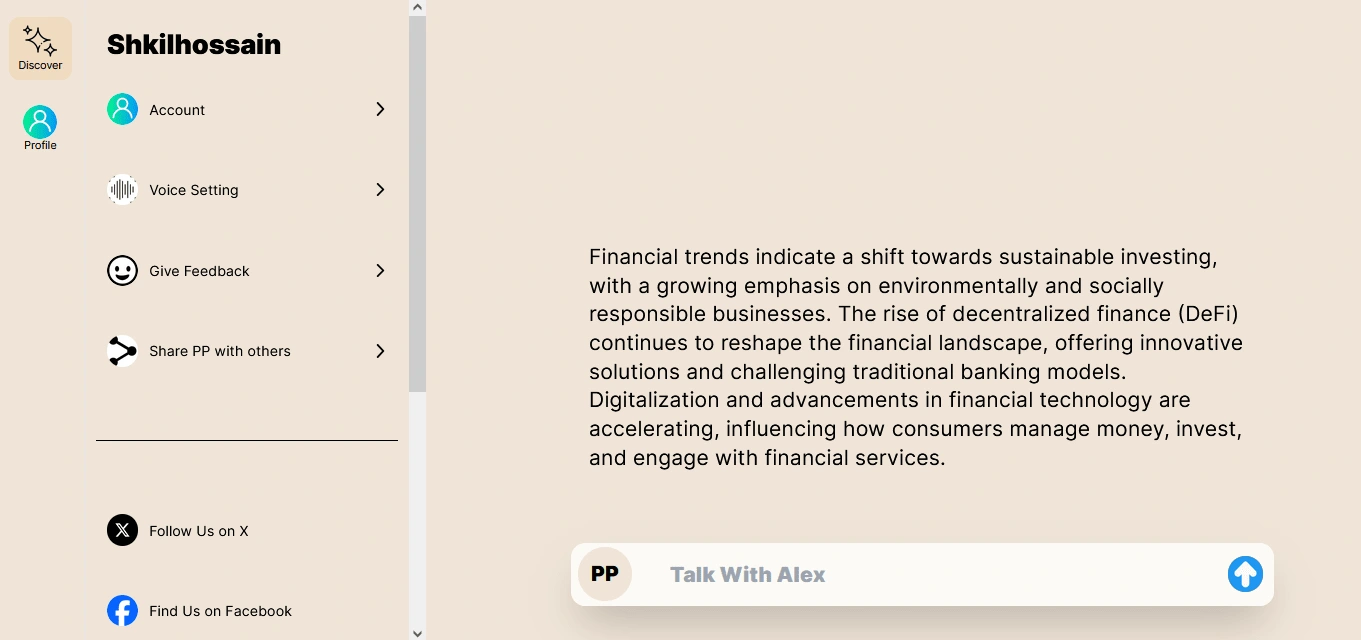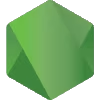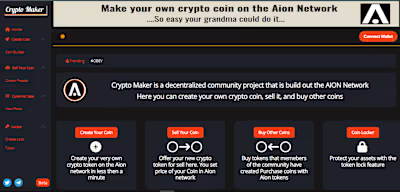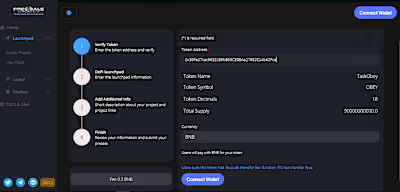pitchpractice ai chatbot
Development Process
1. Requirement Analysis and Planning
Initial Consultation: Meet with the client to understand the chatbot’s purpose, target audience, and desired functionalities.
Use Case Definition: Define specific use cases and scenarios the chatbot needs to handle.
Project Plan: Develop a timeline with milestones, deadlines, and responsibilities.
2. Design
Conversation Flow Design: Create detailed conversation flow diagrams to map out how users will interact with the chatbot.
User Interface Design: Design the chatbot's user interface, including buttons, quick replies, and other interactive elements, ensuring it aligns with the client's branding.
NLP Model Selection: Choose a Natural Language Processing (NLP) service or framework (e.g., Dialogflow, Microsoft Bot Framework, Rasa) based on the project requirements.
3. Development
NLP Model Training:
Intent and Entity Definition: Define intents (user goals) and entities (key data points) the chatbot will recognize.
Training Data Collection: Gather and annotate training data to improve the chatbot’s understanding of user inputs.
Model Training: Train the NLP model using the collected data and refine it through iterative testing.
Backend Development:
API Integration: Develop and integrate APIs for external services the chatbot needs to interact with (e.g., databases, third-party applications).
Business Logic: Implement the business logic to handle user requests, perform necessary actions, and generate responses.
Frontend Development:
Chat Interface: Develop the chat interface for the chosen platform(s) (e.g., web, mobile, messaging apps).
WebSocket/HTTP Integration: Ensure real-time communication between the user interface and the backend.
Testing: Perform unit tests and integration tests to ensure each component functions correctly.
4. Integration
Platform Deployment: Deploy the chatbot on the chosen platforms (e.g., website, Facebook Messenger, Slack).
Continuous Testing: Conduct end-to-end testing on live platforms to identify and fix any issues.
5. Testing and Optimization
User Testing: Conduct beta testing with a select group of users to gather feedback and identify areas for improvement.
Performance Optimization: Optimize the chatbot’s performance, ensuring quick response times and efficient handling of user queries.
Security Testing: Perform security tests to ensure the chatbot is protected against common vulnerabilities.
Finishing and Deliverables
Finalizing the Project
Code Review: Conduct a final review of the code to ensure quality and adherence to best practices.
Documentation: Prepare comprehensive documentation covering the chatbot’s architecture, conversation flows, API integrations, and deployment process.
Training: Provide training sessions for the client’s team on managing and updating the chatbot.
Deliverables
Source Code: Deliver the complete source code for the chatbot, including backend, frontend, and NLP model files.
Deployed Chatbot: Provide access to the deployed chatbot on the agreed platforms.
Technical Documentation: Supply detailed technical documentation, including system architecture, setup instructions, and API details.
User Documentation: Deliver user manuals and guides to help users interact with the chatbot effectively.
Training Materials: Provide training materials, including slide decks and recorded sessions, to assist the client’s team in managing the chatbot.
Support: Offer post-launch support for a specified period to address any issues and assist with further optimizations.
Analytics and Reporting Tools: Integrate and deliver tools for tracking chatbot performance and user interactions.

Like this project
Posted Jan 18, 2024
Pitch Practice is an AI chatbot designed to serve as an AI coach, helping users refine and perfect their pitching skills through interactive, real-time feedback
Likes
0
Views
11







